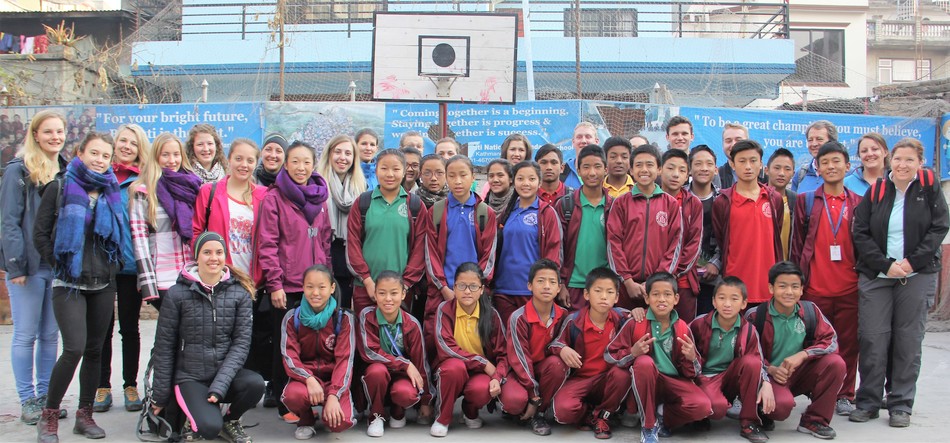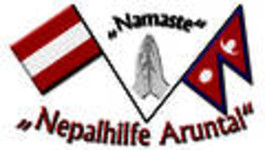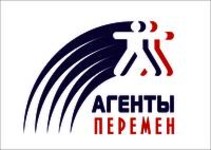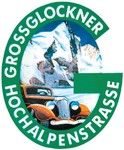School System in Nepal
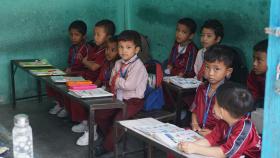
- Erstklässler in Kathmandu
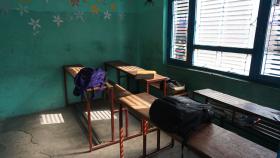
- Schulklasse in der Bibhuti National School in Kathmandu
Similar to Austria, school education in Nepal is divided into several levels and officially begins at the age of six. It initially comprises primary levels 1 to 5 and then moves on to secondary levels 6 to 8 or 9 to 10. There is also pre-school care in preschools in Nepal, but this is only offered in some, primarily urban regions. Year 10 is completed with a state examination (SLC = School Leaving Certificate).Those who can afford it can attend the higher second level (11 to 12) after passing the SLC. As this education is usually only privately run, it is often only affordable for the fewest and most privileged students. Unfortunately, the SLC is not enough for a really good job, which is why this wish cannot be fulfilled for many intelligent and hard-working students purely for reasons of cost.
Despite the fact that school attendance is compulsory for at least five years, many children in Nepal are unable to attend school (regularly). There are many reasons for this. While children in Austria can usually walk to school or are conveniently driven to school by school bus/parents within a very short time, a child from a remote part of Waku (Soluhkumbu - one of our project areas), for example, has to walk three hours to school - one way, of course. And this is no exception: the fact that children in the mountain villages spend three to four hours a day walking to and from school is admirable normality in Nepal.
This makes it all the sadder that, despite these immense exertions, the quality of teaching is often lacking. Teachers in public schools are often poorly trained and educated, have little or no teaching materials apart from blackboards, chalk and books, often have to work as a second job, are poorly paid and are probably often unmotivated due to all of this. It is obvious that we are already in the middle of a vicious circle: How can the motivated students receive a good education and escape poverty if they have inadequate access to education? Too few educated teachers who can impart knowledge well. No internet to teach themselves things or get information. No books that you can simply borrow from the library or conveniently order from Amazon. School books are available, but not in the variety required. Incidentally, just like the other important everyday items, these are carried to the villages for purchase.
State schools vs. private schools
There are private schools in the cities, which you can only dream of in the mountains of Nepal. Unfortunately, in many cases the quality of private schools is not comparable with state schools - and this comes at a price. In order for children to enjoy a good education in a private school, where they wear school uniforms, where English is the language of instruction and where they are taught by better trained and motivated teachers in other subjects such as dance, music and IT outside of the standard subjects, parents have to work really hard to pay the school fees. In urban areas in particular, it is already common practice to send your child to a private school if you can afford it.
To prevent the gap between educated and uneducated people in Nepal from widening even further due to the existing school system, we are very keen to improve the quality of teaching in public government schools in our project areas, which is why we are investing a lot of work in this area.
Kontakt
EcoHimal Austria Gesellschaft für Zusammenarbeit Alpen-Himalaya
Hofhaymer Allee 11/17
5020 Salzburg
E-Mail: office@ecohimal.org
T: +43 662 829492
ZVR Zahl: 886266575


